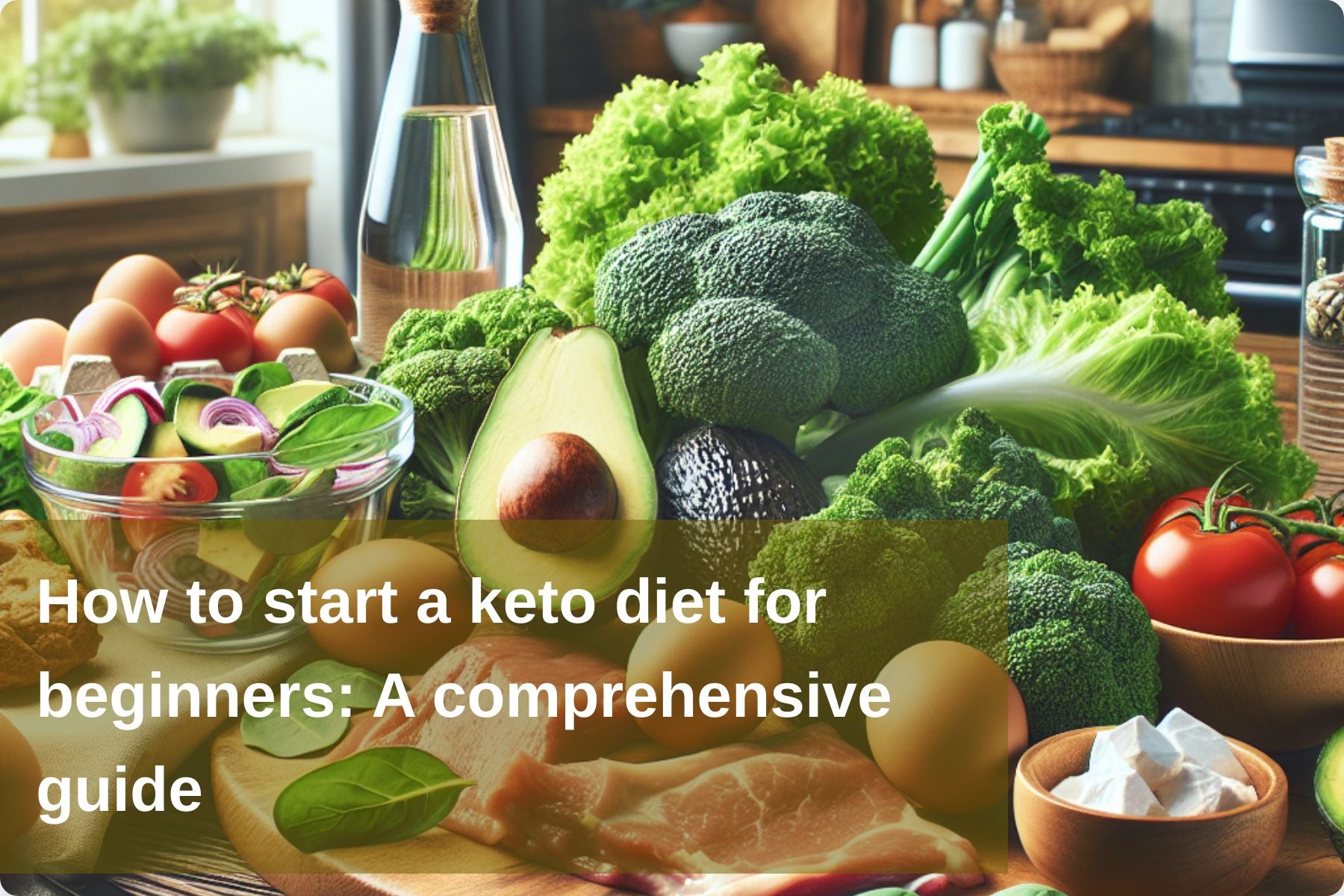
How to start a keto diet for beginners: A comprehensive guide
The ketogenic or "keto" diet centers around low carb and high healthy fat intake to reach ketosis - when your body switches from burning carbs to burning fat stores for fuel. This metabolic shift can promote weight loss and other health markers.
Essentially, keto requires reducing carb sources and replacing them with fats like avocados, nuts, seeds, oils, etc. This kickstarts fat-burning metabolism changes.
However, keto's safety depends on the individual. Consult a professional before major diet shifts, especially with existing medical conditions. When well-formulated for your situation, keto can be safe and beneficial, but it’s not for everyone.
As we explore keto basics, we’ll overview the diet’s guidelines and impact on the body - both potential upsides and important considerations regarding personal tolerability. The key is approaching keto awareness - understanding how it may or may not align with your body and health needs.

Getting Started: Basics of Keto Diet
Firstly, the main idea of the keto diet is to eat way fewer carbs, usually around 20-50 grams per day. This helps the body enter a state called ketosis, where it starts using fats instead of carbs for energy. When you're on the keto path, focus on foods with good fats like avocados, nuts, seeds, and olive oil.
For protein, go for reasonable amounts of meat, poultry, and fish. But stay away from processed meats that might have hidden carbs.
Choose low-carb veggies such as leafy greens and cruciferous veggies. These not only give you necessary nutrients but also make your meals more interesting.
On the other hand, it's important to cut down or say no to high-carb foods like grains, sugary treats, and starchy veggies. These can slow down ketosis and affect your progress.
Check labels carefully because even seemingly healthy foods might contain hidden sugars.
Now, let's talk about the good stuff. Besides losing weight, the keto diet has been linked to clearer thinking, more energy, and better control of blood sugar. But remember, everyone reacts differently, so pay attention to how your body responds on this journey.
While you figure out the basics of the keto diet, keep in mind that success comes from a balanced approach and making smart food choices. The journey might have its challenges, but those who stick to the principles and adapt them to their needs can enjoy some significant rewards.
Meal Planning
Understand Macronutrients: Know the macronutrient ratios for a keto diet: approximately 70-75% fats, 20-25% proteins, and 5-10% carbohydrates.
Set Carb Limits: Aim to keep your daily carbohydrate intake between 20-50 grams to maintain ketosis.
Meal Prep: Plan and prepare your meals in advance to avoid high-carb temptations and ensure you stick to your macronutrient goals.
Whole Foods Focus: Choose whole, unprocessed foods such as vegetables, meats, fish, eggs, nuts, and healthy fats.
Incorporate Variety: Include a variety of foods to ensure you get a range of nutrients and avoid monotony in your diet.
Simple Recipes: Start with simple recipes that require minimal ingredients and preparation time.
Healthy Snacks: Keep keto-friendly snacks on hand, like nuts, cheese, and avocado, to help manage hunger between meals.
Hydrate: Drink plenty of water to stay hydrated, and consider electrolyte supplements to maintain balance.
Monitor Progress: Track your food intake and progress using apps or journals to ensure you're meeting your goals and adjusting as needed.
Consult a Professional: Seek advice from a nutritionist or healthcare provider to tailor the keto diet to your personal health needs and goals.
Beginners' Guide
A usual day might involve having eggs and avocado for breakfast, a salad with grilled chicken for lunch, and salmon with buttered broccoli for dinner.
Chicken is a great protein choice for keto and can be used in various ways. Try making grilled chicken salads, chicken stir-fries with low-carb veggies, or baked chicken thighs seasoned with keto-friendly herbs and spices. This not only adds variety to your meals but also provides the protein your muscles need.
Coffee can be part of your keto routine. Skip the sugary extras and go for black coffee. If you want some creaminess, use unsweetened almond or coconut milk. You can also add a bit of unsalted butter or coconut oil for a tasty keto-friendly twist – this is known as "bulletproof coffee."
Avocado and Bacon Egg Cups: Heat up your oven, cut avocados in half, take out a bit of the flesh, crack an egg into each half, sprinkle with bacon bits, and bake until the eggs are set. It's a quick, yummy, and beginner-friendly keto meal.
Planning your meals doesn't have to be hard. Embrace different foods, try out new flavors, and discover what suits you best. Whether it's a satisfying chicken dish, a coffee boost, or an easy but tasty recipe, make your keto journey enjoyable by keeping it straightforward and fulfilling.

Choosing the right diet for you
The keto diet is a good way to lose weight and boost your metabolism. It's important to note that the keto diet may work well for some people but not for everyone. Before making any big changes to your diet, it's crucial to talk to a healthcare professional. They can give you personalized advice based on your health and goals.
While the keto diet has its benefits, it's also essential to be aware of potential challenges, like the adjustment period when you first start and the need to plan nutrient-rich meals. Reading reviews about the keto diet can be helpful, but everyone's experience is different.
As you start your keto journey, focus on the positive changes you'll notice, such as more energy, clearer thinking, or achieving weight loss goals. Remember, a successful keto experience comes from making informed choices, paying attention to your body, and working with healthcare professionals who care about your well-being. Good luck on your path to a healthier you!
This Blog post is an initiative by Lo! Foods, to provide accurate and Nutritionist / Doctor approved information related to Health. Lo! Foods is India's leading brand for Everyday Functional Foods. Foods designed for specific Health conditions or Needs. Lo! Foods also runs India's largest range of Low Carb Healthy Cloud Kitchens, under the brand names of Lo!, ProteinChef, ATH (All Things Healthy) and DiabeSmart.



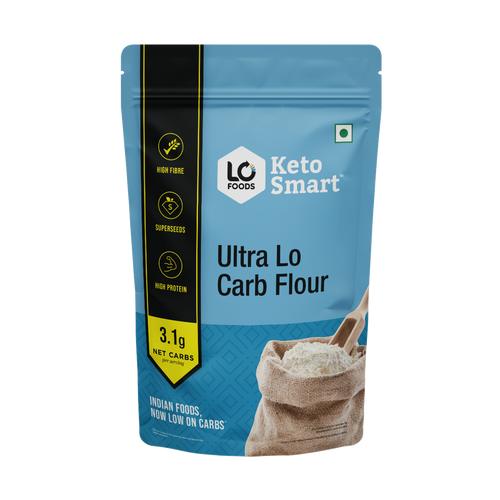
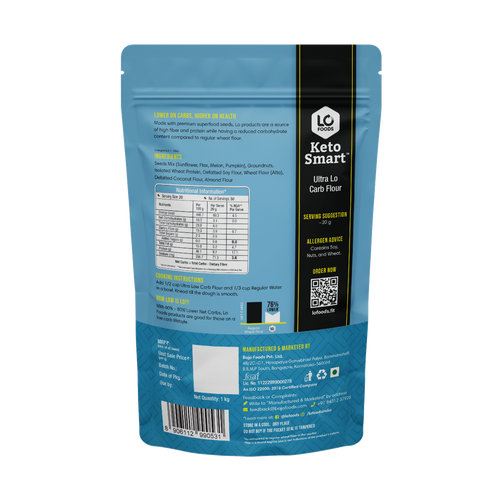
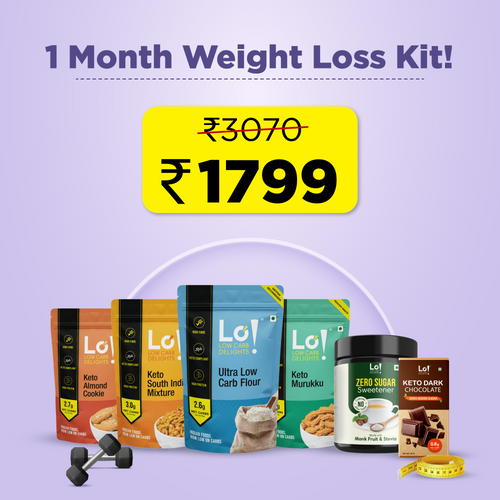
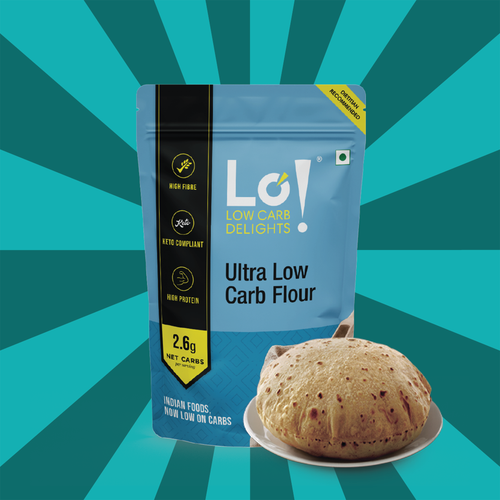


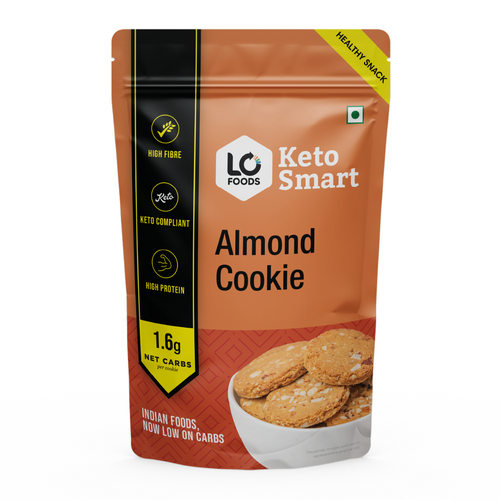
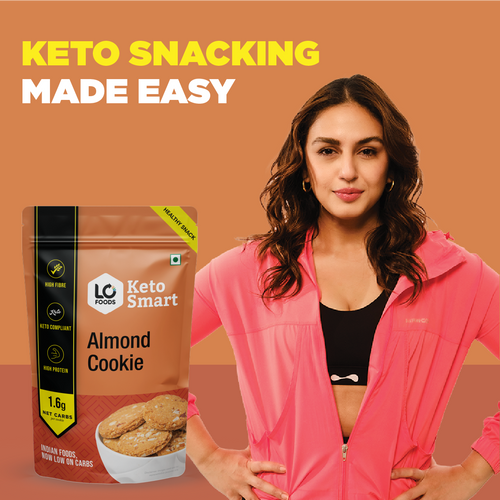


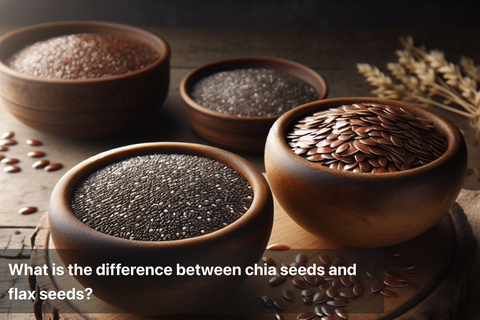

Leave a comment
Your email address will not be published.